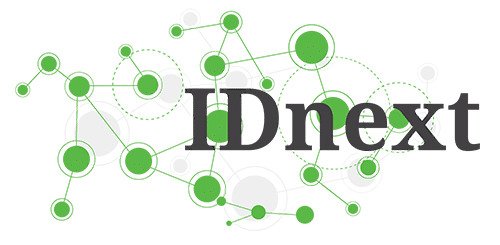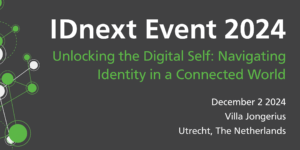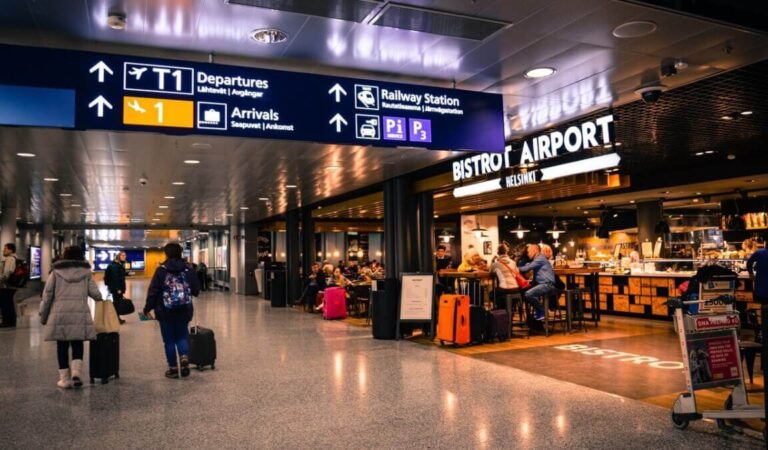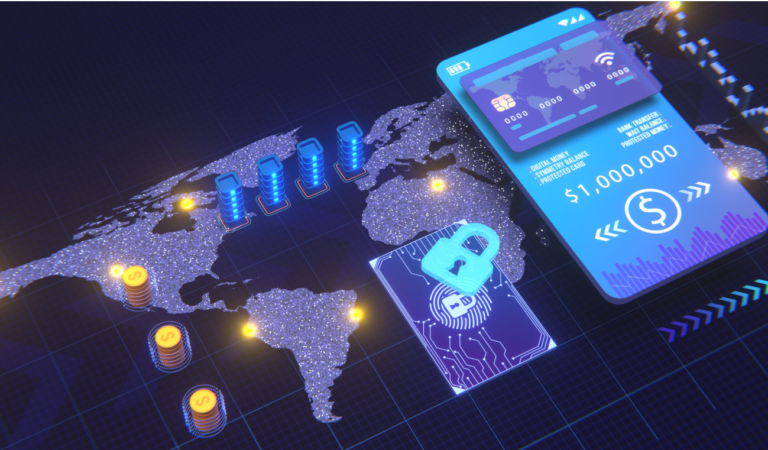The challenges – and success – of implementing a digital identity system in the world’s largest democracy were discussed at a Global Government Forum webinar that looked at how countries can implement systems to help move public service delivery online.
Dr. Saurabh Garg, the chief executive of India’s Unique Identification Authority, joined a panel of public servants to share information on how digital ID was introduced in a country of 1.3 billion people.
Dr Garg highlighted that having an ID can be “empowering for the most vulnerable” in India. “The ability to be able to say who I am, for a person who has no identity, who’s not literate, who’s living in remote areas, is so empowering. The benefits are really large.”
The webinar’s other panellists also shared their experiences of rolling out a digital ID system. Andri Heiðar Kristinsson, the chief executive of Digital Iceland, part of the country’s Ministry of Finance and Economic Affairs, said his ministry had led the development, working across the rest of government and with as many as 165 agencies.
Iceland’s digital infrastructure has two elements, he said. One is the creation of an “e-ID” that citizens use as a digital signature to access services, and the second is the digitisation of documents and services that are used to prove who you are, such as driving licences.
Over 90% of adults in Iceland have the first element – a digital signature – while the digitisation of in-person documents is now used by over 50% of the population.
Helen Raamat, the product owner in authentication services at the Information System Authority in Estonia, shared the lessons from her country, where the digital e-ID has been built on the national ID card that is “the cornerstone of the state”.
“The ID, and the ecosystem around it is, part of any citizens’ daily transactions in the public or private sector,” she said. “People use their e-IDs to pay bills, do the government voting online, sign contracts with their digital signatures, shop online or access their health records or information and much more.” Digital driving licences like in Iceland, are being developed too.
Another speaker – Tor Alvik, the subject director at the Digitalisation Directorate in Norway – said his country shared similarities with both Iceland and Estonia, in that they are all operating systems in line with the European Union’s single market regulations for Electronic Identification and Trust Services (eIDAS).
The geographical reality of Norway as a large country with a scattered population means that digital services are “the way that you can carry out your business without spending a lot of time travelling”.
As a result, Norway’s digital ID system has been built so it can be used for “most sectors of life”, and there is 93% take up in the population over the age of 13. As well as the e-ID being used by 1,500 public sector agencies, it is also used for online banking, or going to the pharmacy to pick up a prescription.
Looking to the future, Heiðar Kristinsson, Alvik, and Raamat all highlighted the potential for cross-border digital IDs to help join up services.
You can read the full article here.







